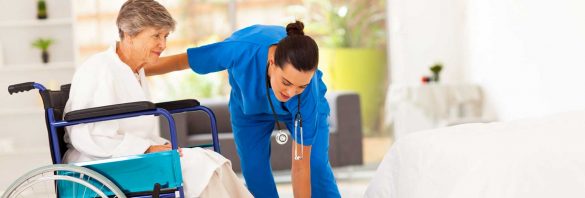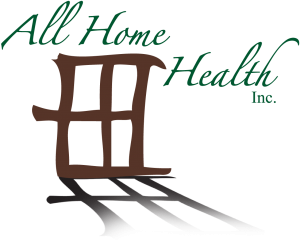 Activities of daily living, or ADLs, are those basic tasks involved in maintaining an individual’s quality of life. Common ADLs belong to a range of different categories, including:
Activities of daily living, or ADLs, are those basic tasks involved in maintaining an individual’s quality of life. Common ADLs belong to a range of different categories, including:
* Personal Hygiene
Bathing, grooming, oral hygiene, care for nails and hair
* Dressing
Selecting the proper clothes for different occasions, putting them on, taking them off
* Continence Management
The mental and physical actions required to use the bathroom
* Feeding
Eating with or without the assistance of another person
* Ambulating
An individual’s ability to walk independently and/or change positions
A thorough understanding of an individual’s needs in each of these categories is vital to get them the assistance they need to age independently and gracefully. Understanding ADLs is also important in determining whether or not a disabled or elderly person is eligible for financial assistance. Financial support may be available through the state or federal government or from private long term care (LTC) insurance.
Instrumental Activities Of Daily Living (IADLs)
Distinguished from ADLs, instrumental activities of daily living, or IADLs are more complicated tasks that are still an integral part of living independently and thriving. Examples of IADLs include:
* Companionship & Mental Support
Basic human interaction is necessary for daily living, and in the long term, it is a necessary component of maintaining a positive outlook on life.
* Transportation & Shopping
A person’s ability to independently travel to procure groceries and medicines is one of their IADLs.
* Meal Preparation
This can include shopping for and storing groceries as well as planning meals and cooking.
* Household Management
These IADLs include basic cleaning, trash and clutter removal, cleaning, folding, and storing clothes.
* Medication Management
The time required to fill prescriptions, keep medications current, and take medications in the right dosage according to the right schedule.
* Communication
An individual may require assistance with the household’s phones and mail; communication duties may include making the home hospitable for visitors.
* Personal Finance
A person’s ability to manage their bank accounts, checkbooks, and pay their bills on time.
Difficulties with handling IADLs are often the first signs that someone requires outside assistance. Some individuals recognize their own need for assistance, but in other cases, family members or friends may be the ones who first see the need for assistance.
Despite the important differences between ADLs and IADLs, they are both commonly lumped together and referred to collectively as activities of daily living.
Assessments
Making productive plans for elder care requires an honest assessment of the individual’s needs. Assessments aid in setting up effective Plans of Care. They’re also an important tool for seeking financial assistance from any source (Medicaid, LTC insurance, and so forth).
Checklists
Several different organizations provide ready-made checklists for assessing an individual’s ADL needs. While there can be subtle differences between various checklists, the core of all of them will be a list of ADLs and IADLs (similar to those listed above). Each activity is generally rated into one of three categories: “no help needed,” “some help needed,” or “total help required.”
